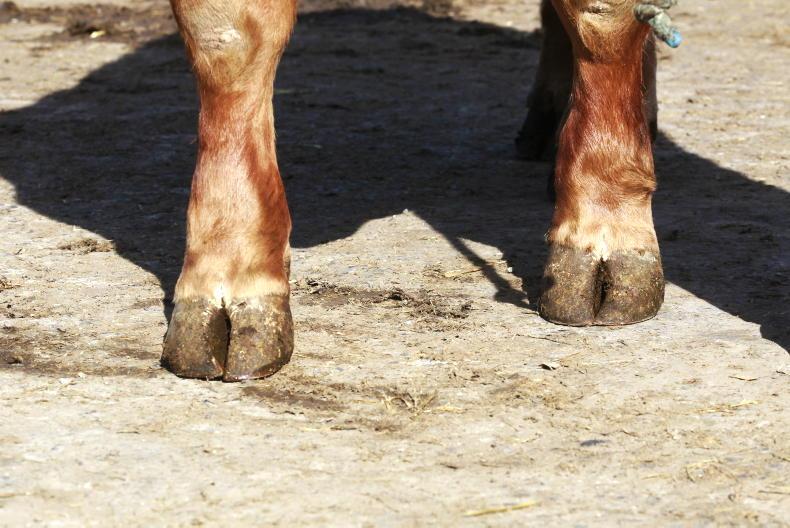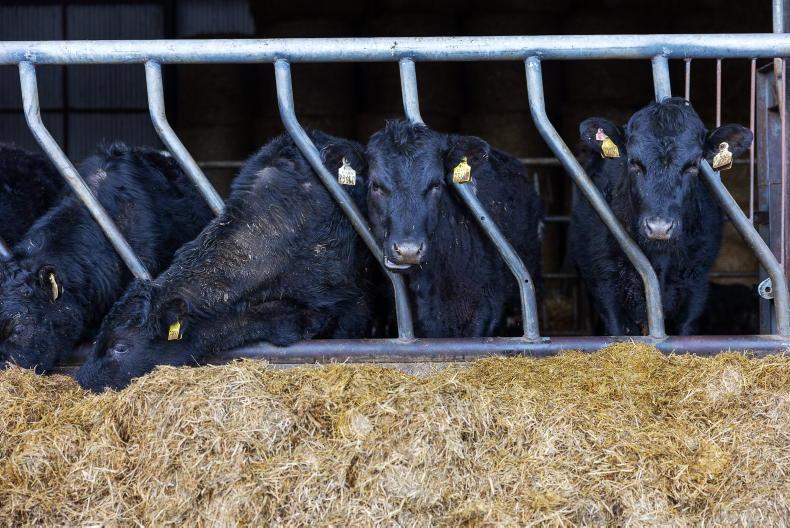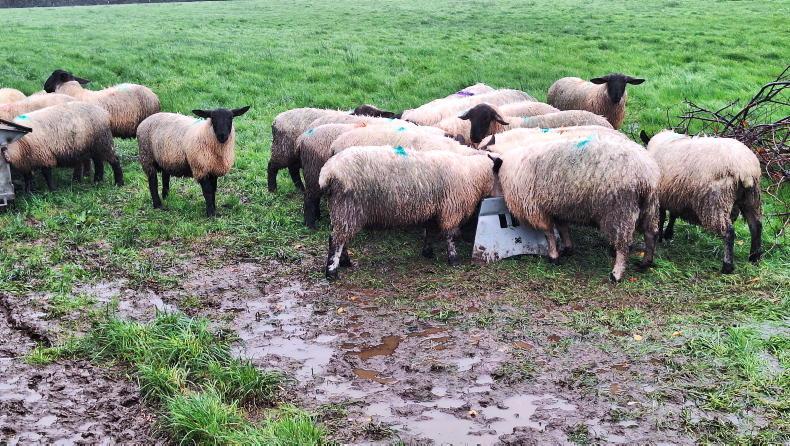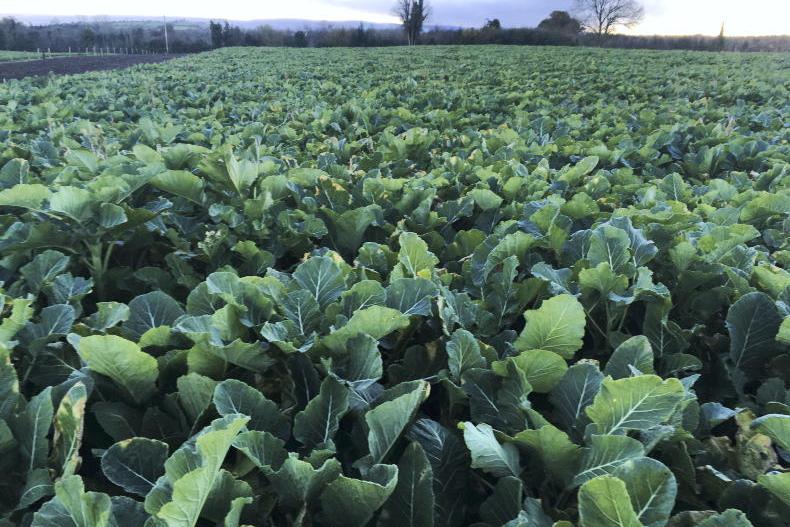Calving will soon be upon many dairy and suckler herds, as the month of January whisks by and the date of 1 February 1 approaches.
Ground conditions are fair to good on a lot of farms and, as such, getting cows out to grass in early February is no pipe dream.
Take last year for example; conditions in February could not have been more ideal and those who were properly set up for it and grazed hard reaped the rewards.
Getting grass into diets reduces disease pressure on housing, reduces work load and is cheaper than silage and concentrates and sets the farm up for April grazing in the second round.
Picking paddocks
Selecting paddocks for grazing should really have been done in the back end of 2024, with those dry paddocks close to the yard with good access grazed halfway through the second round.
This should leave these paddocks at covers of 600kg to 800kg DM/ha now.
These paddocks will often be referred to as ’party paddocks’ - a handy, dry paddock close to the yard for weekend miking or summer AI for beef farms.
Allocations will be difficult to calculate at the start, as rumen capacity of freshly calved cows will be compromised due to the pressure the pregnancy has put on the rumen.
Where cows are grazing in three-hour blocks after milking, water allocation is not particularly important, so this will make subdividing paddocks a little easier.
Good habits should be adhered to for both cow and farmer, meaning clean-outs should be good from the get-go.
Do a final check on reels and pigtails. If any farm is similar to my own, a hefty amount of pigtails go missing in action each year and reels can be shortened for some reason, so a restock on poly wire and posts may be required.










SHARING OPTIONS